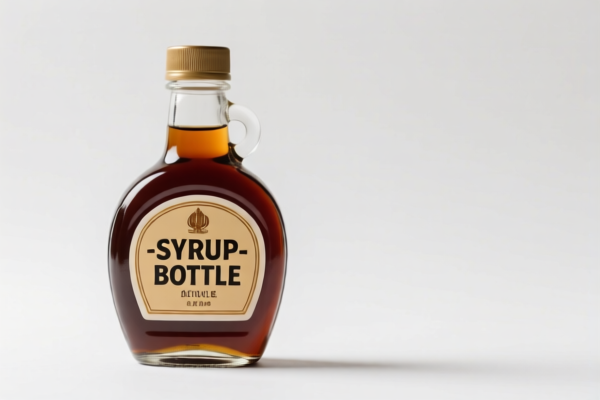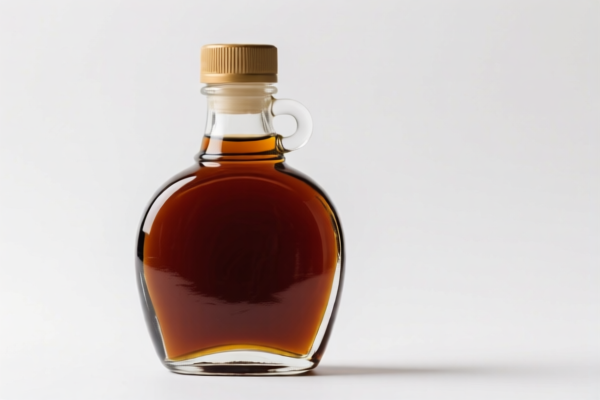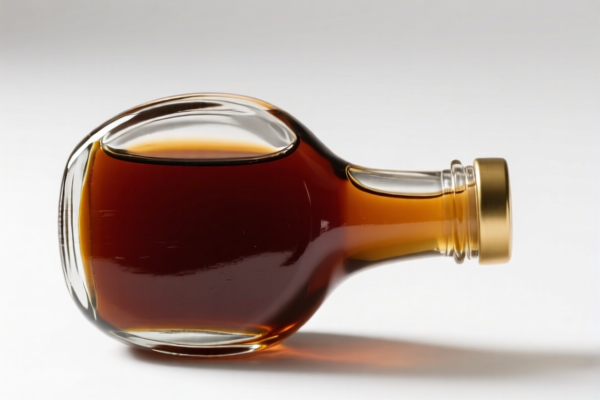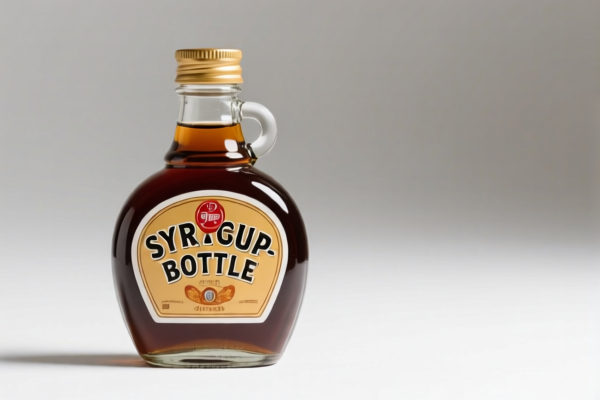| HS Code | Official Doc | Tariff Rate | Origin | Destination | Effective Date |
|---|---|---|---|---|---|
| 7010905035 | Doc | 55.0% | CN | US | 2025-05-12 |
| 3923300010 | Doc | 58.0% | CN | US | 2025-05-12 |
| 3923300090 | Doc | 58.0% | CN | US | 2025-05-12 |




Okay, let's break down the HS codes you've provided for "SYRUP BOTTLE" and what they mean for import/export. I'll give you a structured explanation, focusing on clarity and potential considerations.
Understanding HS Codes: A Quick Primer
HS codes (Harmonized System codes) are internationally standardized codes used to classify traded products. They're crucial for determining tariffs, taxes, and import/export regulations. The first 6 digits are generally standardized globally, while the last digits can vary by country.
Here's a breakdown of each HS code you provided:
1. HS Code: 7010.90.50.35 – Glass Bottles (Capacity exceeding 0.15L but not exceeding 0.33L, Mouth Diameter >= 38mm)
- 70: Glass and glassware. This chapter covers all products made of glass.
- 7010: Bottles, flasks, jars, etc., of glass. Specifically for containers used for conveyance or packing goods, or preserving jars.
- 7010.90: Other glass containers. This narrows it down to glass containers not specifically covered in earlier subheadings.
- 7010.90.50: Other containers (with or without closures) of a capacity exceeding 0.15 liter but not exceeding 0.33 liter. This is getting very specific about the size of the bottle.
-
7010.90.50.35: Having a mouth with an outer diameter of
38 mm or more. Further defines the bottle by its opening size.- Tax Implications:
- Basic Duty: 0.0%
- Additional Tariff: 25.0% (Currently)
- Additional Tariff (Post April 2, 2025): 30.0%
- Total Tax: 55.0%
- Tax Implications:
2. HS Code: 3923.30.00.10 – Plastic Bottles (Capacity not exceeding 50ml)
- 39: Plastics and articles thereof. This chapter covers all products made of plastic.
- 3923: Articles for the conveyance or packing of goods, of plastics; stoppers, lids, caps and other closures, of plastics.
- 3923.30: Carboys, bottles, flasks and similar articles of plastics.
- 3923.30.00: Specifically for plastic bottles, flasks, etc.
-
3923.30.00.10: Of a capacity not exceeding 50 ml. Defines the bottle by its small size.
- Tax Implications:
- Basic Duty: 3.0%
- Additional Tariff: 25.0% (Currently)
- Additional Tariff (Post April 2, 2025): 30.0%
- Total Tax: 58.0%
- Tax Implications:
3. HS Code: 3923.30.00.90 – Plastic Bottles (Other)
- 39: Plastics and articles thereof.
- 3923: Articles for the conveyance or packing of goods, of plastics; stoppers, lids, caps and other closures, of plastics.
- 3923.30: Carboys, bottles, flasks and similar articles of plastics.
- 3923.30.00: Specifically for plastic bottles, flasks, etc.
-
3923.30.00.90: Other (This is a catch-all for plastic bottles not fitting the specific criteria of other subheadings).
- Tax Implications:
- Basic Duty: 3.0%
- Additional Tariff: 25.0% (Currently)
- Additional Tariff (Post April 2, 2025): 30.0%
- Total Tax: 58.0%
- Tax Implications:
Key Considerations & Recommendations:
- Material is Crucial: The biggest differentiator here is what the bottle is made of – glass or plastic. Make sure you select the correct HS code based on the actual material.
- Capacity is Important: Pay close attention to the capacity of the bottles. The tax rates can change based on whether they are over or under 50ml or within the 0.15-0.33L range.
- Mouth Diameter (for Glass): For glass bottles, the mouth diameter is a factor.
- Post-April 2, 2025 Tariffs: Be aware of the upcoming tariff changes. Factor the 30% additional tariff into your cost calculations if importing after that date.
- Country of Origin: While you've indicated CN (China), confirm this is accurate as it impacts trade agreements and potential preferential tariff rates.
- End Use: While not directly impacting HS code selection here, knowing the end use of the bottles (e.g., food grade, industrial chemicals) might be relevant for other import regulations.
- Certifications: Depending on the contents the bottles will hold, you may need certifications (e.g., food grade certificates, safety certifications). Please verify the specific requirements for your destination country and the intended use of the bottles.
To help me refine this further, could you tell me:
- What is the primary material of the "SYRUP BOTTLE"? (Glass or Plastic)
- What is the typical capacity of the bottles?
- What is the intended use of the bottles (e.g., food, pharmaceuticals, chemicals)?
Disclaimer: I am an AI chatbot and cannot provide definitive legal or customs advice. This information is for general guidance only. Always consult with a qualified customs broker or import/export specialist for accurate and up-to-date regulations.
Customer Reviews
No reviews yet.